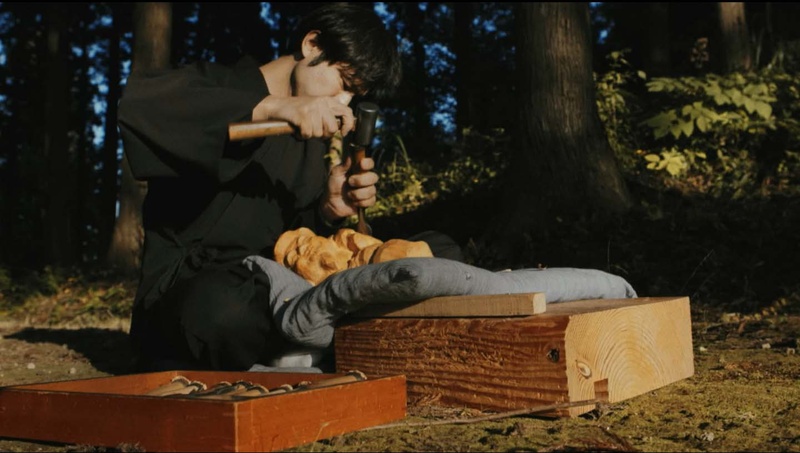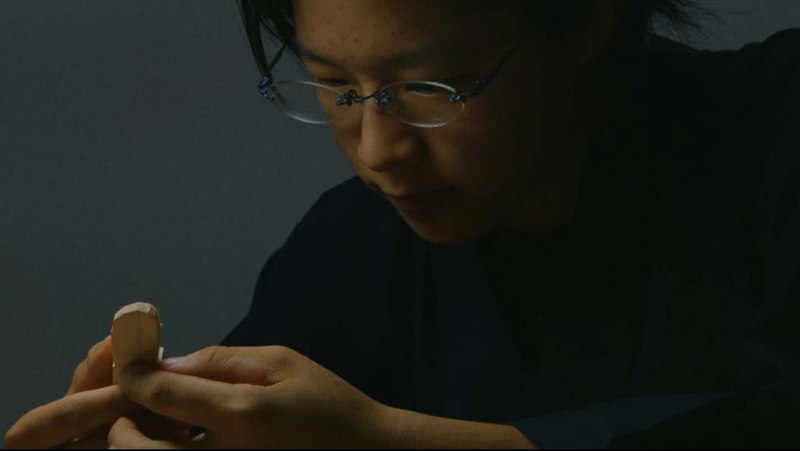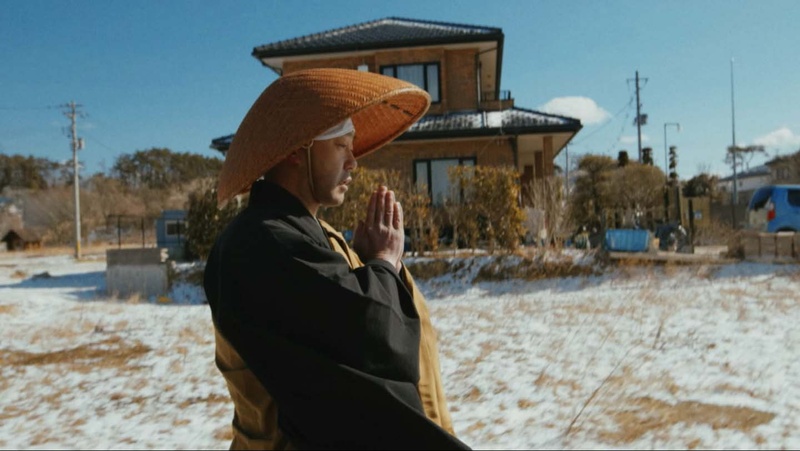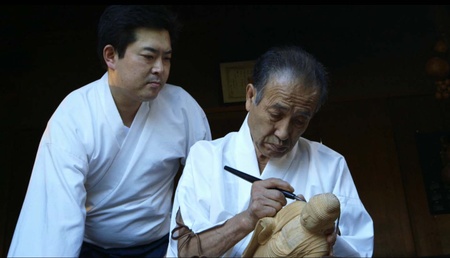Making my first feature film when I was 18 drastically changed the course of my life. For better or worse, it made me dare to think I could come to the United States, become a filmmaker, and make movies that would inspire people.
As naïve as that sounds, I believed in my dream, no matter how many times I felt I was failing. Not being able to speak English well was a massive challenge in itself. But for a long time I also suffered from latent discrimination as an Asian man with a heavy accent. And on top of that, it was very difficult for me to set aside habits and principles I acquired in Japanese society and assimilate into a completely different American culture.
Later, as I molded myself around American individualism and became more comfortable with life in the US, I began having a difficult time understanding my place in Japanese society, with its conventions and collectiveness. I experienced an identity crisis. I was neither American nor Japanese. I felt I wasn’t welcome in either place.
For years I felt I had nowhere to go, and became increasingly depressed. But at some point a realization started to grow inside me: If I was ever going to inspire people with my films, I’d have to embrace who I was. I thought of my present and past, and my divided self, split between continents and cultures, and decided to confront that divide and try to bridge it through film. Out of that decision came a six year effort that became Carving the Divine: Buddhist Sculptors of Japan—a documentary that draws upon and speaks to the deepest parts of my heritage and identity.
I am a son of a butsudan (Buddhist altar/furniture) maker. When I was little I was surrounded by Buddhist objects, including furniture, statues, incenses, shrines, and so on. My father took me along with him to temples all the time, as some of his clients were Buddhist priests. I did not think anything of it at the time. It was just our family business, and I didn’t have much sense of it being more than just a family business. But as I came to the US, attended UC Berkeley, interacted with people from different cultures and saw arts from around the world, I realized the environment I had grew up in was something very beautiful, precious and profound.
So that is what I’ve made a film about, with the intent of sharing that world with the world. Carving the Divine offers a rare and intimate look into the life and artistic process of modern-day busshi—practitioners of a 1400 year lineage of woodcarving that’s at the heart of Japanese, Mahayana Buddhism.
In my opinion, my youthful lack of appreciation of our traditional culture wasn’t exceptional. In fact, this lack of wonder and appreciation seems pervasive in Japan, especially amongst those Japanese who never step outside Japanese society. Buddhist statues are ubiquitous in Japan—so much so that most Japanese hardly think anything of them, let alone of the craftsmen who sculpt them.
Funnily enough though, Japanese people have a tendency to appreciate their traditions that Westerners have shown great appreciation for. If outsiders praise a Japanese cultural practice, the people of Japan will do everything they can to preserve and protect it. If I were to present Carving the Divine in Japan on my own, however, Japanese people for the most part would not take the busshi tradition seriously. And because of that attitude, busshi are an endangered species. Their artistry still rises to incredible heights of excellence, but the conditions for them to survive in modern-day Japan keep getting more difficult.
However, by showing this documentary to the world, and garnering recognition for busshi from people outside Japan, I hope Japanese people will finally see the treasure at their feet for what it is, and make the effort needed to preserve and grow this 1400 year tradition. These sculptures created by busshi are not mere crafts. They have a deep spiritual connection to the collective Japanese psyche. So if I can use skills, gained by straddling continents and cultures, to bridge peoples and preserve and enrich the spiritual significance of these sculptures, that would be a fantastic accomplishment, and one that will go far in mending my divided identity.
Already, having finished this film, I feel more confident in where I came from and what I have become: both Japanese and American, but human, most of all. And in bridging past and present, east and west, through an art which people from vastly different cultures and times can appreciate, this is my greatest hope: to direct our attention to our collective human experience, and recognize it as beautiful, precious, and profound.
For more information about Carvig the Devine >>
© 2018 Yujiro Seki












